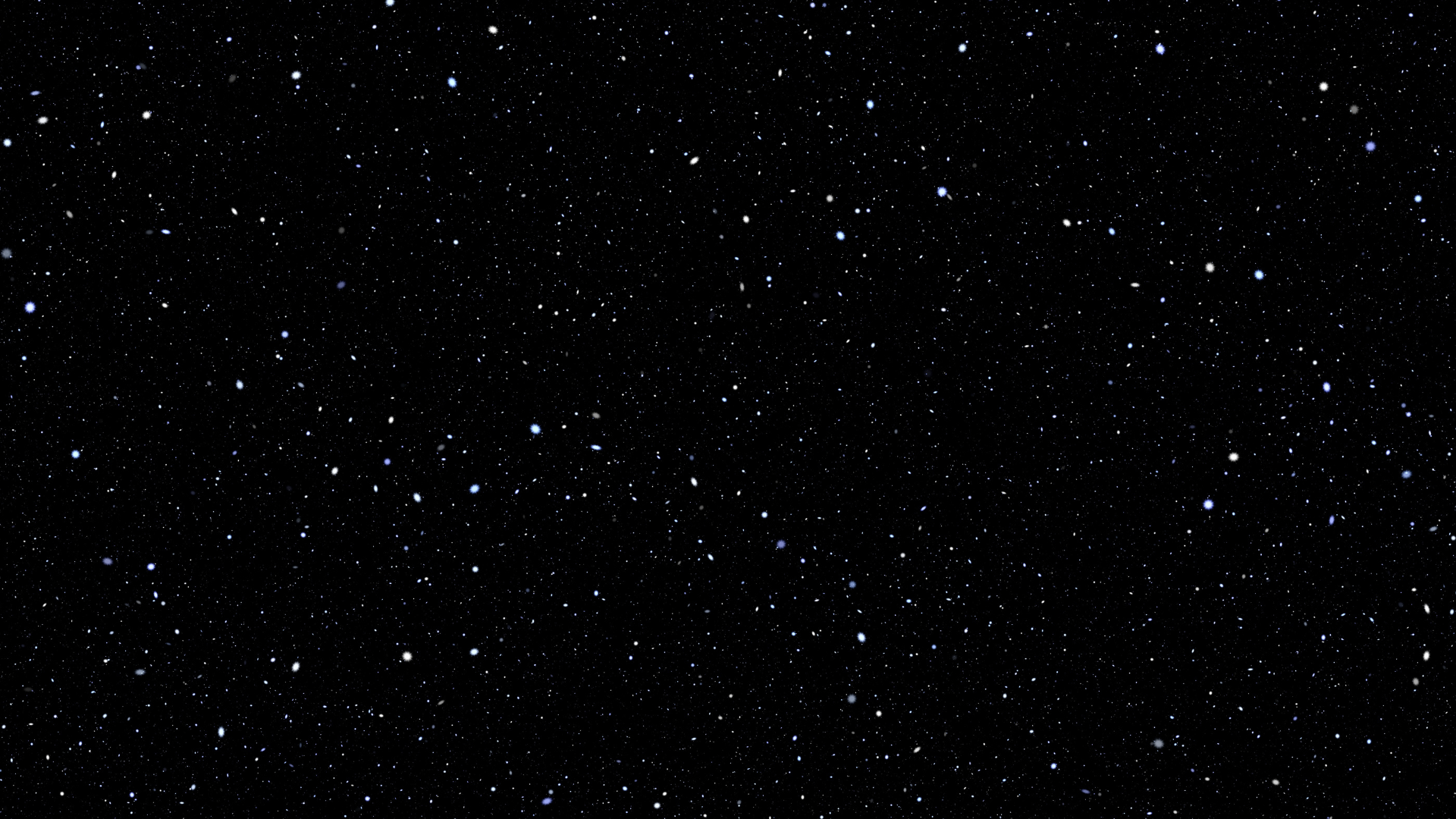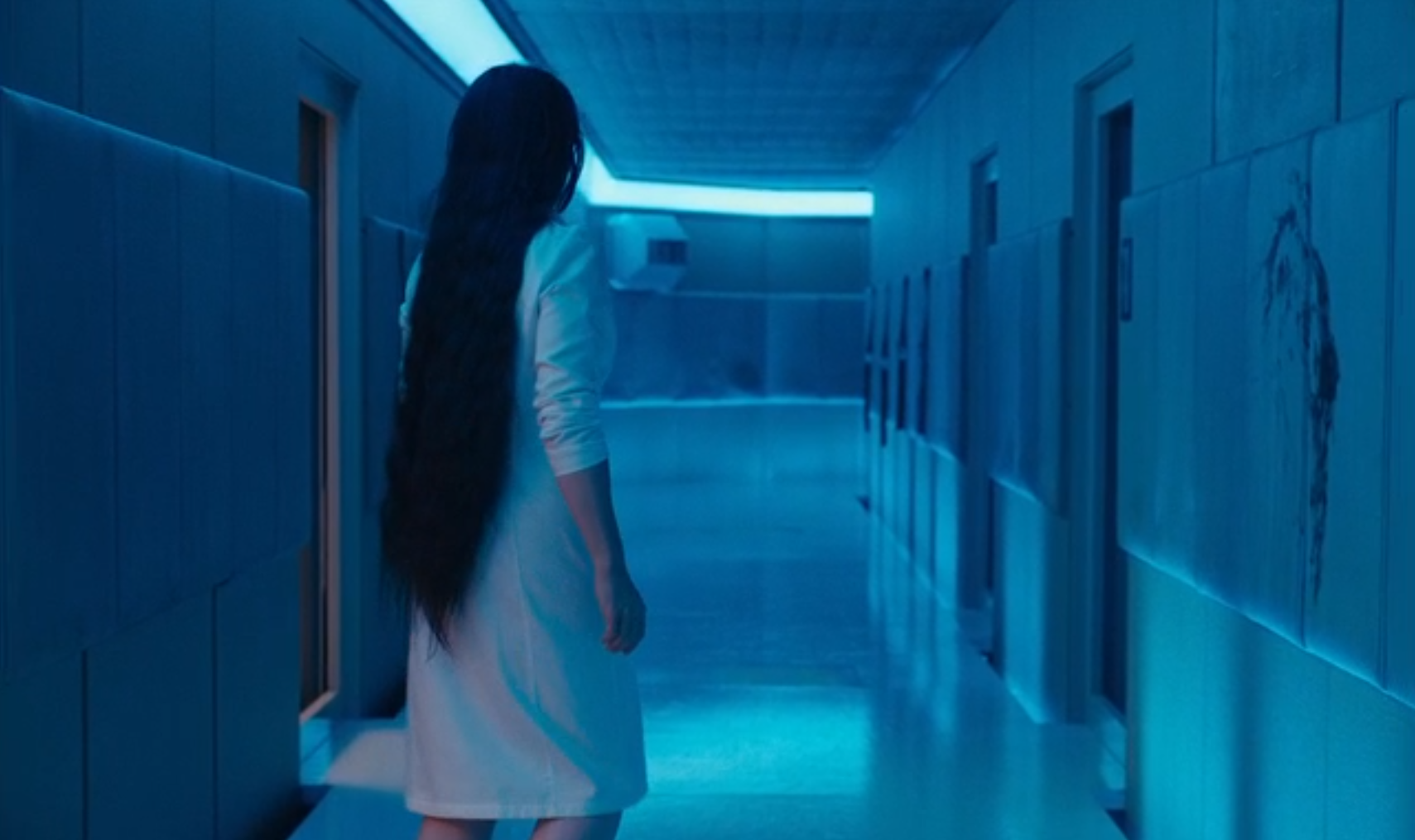High Life (2018) is a hypnotising, mostly slow-paced, eerie sci-fi film directed by Claire Denis, French director associated with art house films & known for transcending cinematic conventions. The film evokes a dreamlike, uncanny mood with sinister, twisted aspects, sexual experiments, and violence, all wrapped up in a greater sense of despair and despondency attributed to the hopelessness of the space voyage. The plot of High Life reveals a group of people whose common denominator is their capital crime history, setting off on a peculiar expedition into space with the purpose of harnessing energy from a black hole and bringing it back on Earth. Having been deceived into thinking that the mission is the key to their freedom, as an alternative to their earthly punishment, they soon become aware that it appears to be more like a suicide mission.
Juliette Binoche plays Dibs, the mysterious, long-haired, witchy mad scientist figure on the spaceship, who conducts unwanted sexual experiments on the captives, collecting their bodily fluids for artificial insemination purposes. Her bewitching performance is harmoniously intertwined with Robert Pattinson’s intensity and stoic composure in his role as Monte. His character is protective of the women on the spaceship, going from beating another spaceship inhabitant who tries to rape one of the girls, to rushing to save the doctor’s life, and eventually going into fatherhood. We already figure that Monte and his daughter might be the last ones standing, as he discards the corpses of the other interstellar voyagers into nothingness.


The atmosphere throughout the whole film is somewhat alienating and surreal, with uncanny undertones. After years spent adrift in the vastness of the universe, the spaceship has become their home, whilst at the same time being their prison. Monte’s brief musings are poetic at times, and the dialogue is minimal, amplifying the tension and intensity on board. A major aspect of that tension is sexual, and some of it is released within “The Fuckbox” (initially called the “love machine”, before the French director was persuaded to Americanise it), a particularly strange kinky dark chamber designed for individual fantasy-unleashing, which, however, doesn’t prevent the cosmic drifters from sexually assaulting other members on-board or being repressed. “Fuckbox” seems to be a more appropriate term for its nature, unless “love machine” was intended to create a satirical contrast.
Dr. Dibs’ self-satisfying scene in the box is mesmerising and primal, her movements are feral. This impression is further emphasised by the inclusion of animal fur within the decor and by the bizarre mystical soundtrack building up, incorporating sounds reminiscent of a wild animal’s lament. The sound could be mistaken for a distorted human moan for a split second, before turning wolf-like, which enhances the sense of eeriness and ritualistic transcendence. Her frenzy doesn’t culminate as she desired, it turns out the process was all too mechanical. When she gets out, she meets Monte’s reprimanding gaze, who questions her ways and her disturbing reproductive mission.


What follows is Monte’s confession that he had frequented the box, but decided to live a life of abstinence, hence why the others refer to him as the monk. He muses: “Chastity was a way of making myself stronger”. To provide contrast to the kinky box which is the symbol of Dibs’ queendom, the next scene shows Monte in his natural habitat, literally. He prefers hanging out in the little garden because it reminds him of life on Earth. His gardening pal admits that the garden anchors him in the present moment, perhaps making him feel connected to his family back on Earth, yet Monte gives him a painful reality check: that his family is either old or dead. We also find out that Monte’s name belongs to his dog, whom he was raised by, and who also had a more significant impact on his life.
At times, Juliette Binoche’s acting is both trance-inducing and trance-like. Not as if in a daze, but in a controlling, maniacal way. An example of this is the scene following Mia Goth’s character revealing of Dibs’ secret gruesome criminal past. With her ghostly vampiric presence, Dibs steps quietly and secretively through the empty corridor after sedating everyone. Right before the unsettling scene featuring Monte’s sleeping body, she stops in front of the female pilot whom she urges to go to sleep in a weirdly hypnotising manner. The whole sequence is disturbing and uncanny partly because there is a deranged maternal aura about her, her gestures, and the ritual of covering up and putting a baby to sleep (in this case, both Boyse and Nansen). This is particularly disturbing considering what we’ve learnt about her past in the previous scene, even though her dedication to her reproductive mission is derived from that event.


The enthralling aesthetic of the film features a colour palette oscillating from icy tones to colourful, red and purple lights. Within the clinical-looking hallways and inside their separate rooms the characters are drowning in blue lights. The end scene is significantly golden in tone, as the film ends on an enigmatic, positive, vaguely hopeful note. Reminiscent of Danny Boyle’s Sunshine (2007) and Tarkovsky’s Solaris (1972) in different ways, High Life is an arthouse sci-fi film documenting the unfolding of human nature with both its ghastly destructive side and its hopeful nurturing side in the context of a fascinating, dreamlike, ominous space journey.
“The sensation: moving backwards even though we’re moving forwards, getting further from what’s getting nearer, sometimes I just can’t stand it.”

